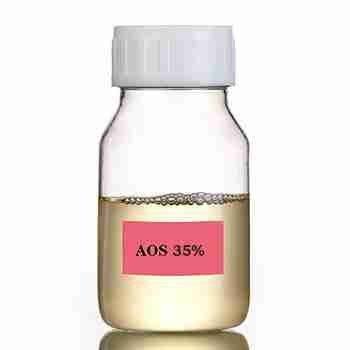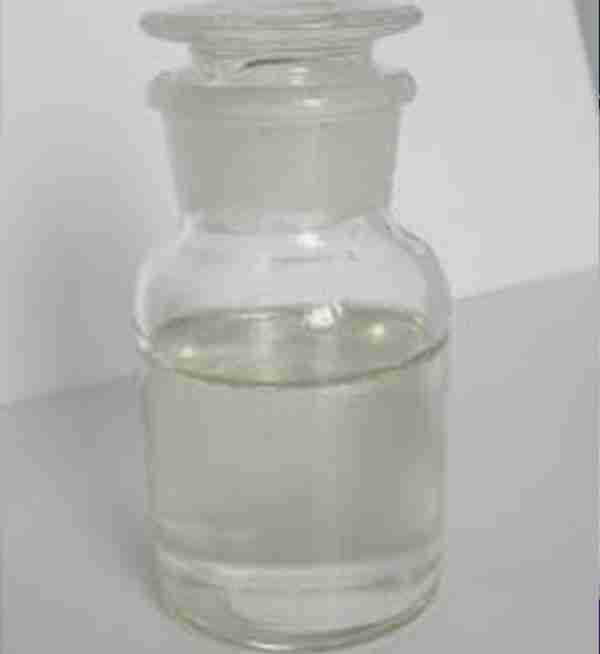Benzalkonium Chloride CAS 8001-54-5
Chemical Name : Benzalkonium chloride
CAS : 8001-54-5
Capacity : 10000MT per year
Purity : 50% 80%
Packaging :
50%: 200kg/drum or 1000kg/IBC drum
80%: 200kg/drum or 950kg/IBC drum
发送询盘
Description
Benzalkonium Chloride
Benzalkonium Chloride Quick Details
Chemical Name : Benzalkonium chloride; DDBAC
CAS : 8001-54-5
Molecular Fomula : C17H30ClN
Molecular Weight : 283.88
Chemical Structure :
Appearance : Pale yellow transparent liquid
Purity : 50% 80%
Benzalkonium Chloride Typical Properties
Item
Specifications
Appearance
Colorless or pale yellowtransparent liquid
Solid content %
50.0% min 80%min
Amine salt %
2.0%max
PH(1% water solution)
6.0-8.0
Specific Gravity
0.98
Benzalkonium Chloride Usage
1. Benzalkonium Chloride is used in pharmaceuticals such as leave-on skin antiseptics.
2. Benzalkonium Chloride is used as antiseptic in Bactine to safely treat childhood scrapes and cuts.
3. Benzalkonium Chloride is used in advanced, next generation hand sanitizers.
4. Benzalkonium Chloride is used in hygienic towelettes and wet wipes.
5. Benzalkonium Chloride is used in cosmetics such as eye and nasal drops, as a preservative.
6. Benzalkonium Chloride is used in cleaners for floor and hard surfaces as a disinfectant.
7. Benzalkonium Chloride is used in high-level surgical instrument sterilizing and disinfection solutions.
8. Benzalkonium Chloride is used in air and surface sprayable disinfectants.
9. Benzalkonium chloride available as a textile dyeing and finishing industry of fungicides and softeners, antistatic agents, emulsifiers, conditioner, etc.
Benzalkonium Chloride Packaging
50%: 200kg/drum or 1000kg/IBC drum
80%: 200kg/drum or 950kg/IBC drum
Benzalkonium Chloride Storage
Sheltered, dry, dark place for storage
| 5 |
|
0 |
| 4 |
|
0 |
| 3 |
|
0 |
| 2 |
|
0 |
| 1 |
|
0 |
- 2
- 2-diallylpent-4-en-1-amine
- 4
- 95-16-9
- Ammonium sulfamate
- Benzothiazole
- cas:67889-00-3ح2
- cas:83524-75-8 | pigment black 32
- cas:928836-00-4 | 2
- cas:932745-70-5 | 4
- Chemical Minerals
- Coconut diethanolamide
- Daily Chemicals
- discount
- for sale
- General pvc resin
- hexyl D-glucoside
- in stock
- Lauramidopropyl betaine
- LAURIC ACID MONOETHANOLAMIDE
- Petroleum Additives
- Plasticiser
- Ploymers
- price
- PVC
- quotation
- Raw Materal
- Remove term: Petroleum Additives Petroleum Additive
- SODIUM ETHYL 2-SULFOLAURATE
Related Products
Coconut Oil Monoethanolamide is a high-performance emulsifier derived from natural coconut oil. It is a key component in personal care and cosmetic formulations, providing excellent emulsifying properties and improving product texture. With its natural origin and superior performance, it is the preferred choice for creating stable and high-quality products.
Decyl Glucoside is an eco-friendly, non-ionic surfactant derived from renewable resources. Renowned for its mildness and biodegradability, it is ideal for creating gentle, high-performing cleaning agents in personal care and household products. Its sustainable and effective nature makes it a preferred choice for green formulations.
Chemical Name: 3-Hydroxybutyric acid
CAS No.: 625-71-8
Molecular Formula: C4H8O3
Molecular Weight: 104.1
Appearance: White powder
Chemical Name: UV-120
Other Name: (2’,4’-Di-tert-butylphenyl 3,5-di-tert-butyl-4-hydroxybenzoate)
CAS No.: 4221-80-1
Molecular Fomula: C29H42O3
Molecular weight: 438.66
Assay: ≥99%(LC)
Chemical Name: Arabic gum
CAS No.: 9000-01-5
Appearance: powder
Product name:Cyclopentane
Purity:96%
Appearance:White powder
Package:25kg/bag
Sample:Available
Lauramidopropyl betaine is a mild, biodegradable surfactant commonly used in personal care products and cleaning formulations. It is derived from coconut oil and is known for its foaming and wetting properties, making it ideal for creating rich lathers. This ingredient is particularly favored for its gentleness on the skin and its ability to cleanse without causing irritation, making it suitable for sensitive skin types. It also contributes to the product’s viscosity and stability.
Coconut diethanolamide is a derivative of coconut fatty acids, where the fatty acid is reacted with diethanolamine to form an amide. This compound is commonly used as an emulsifier and viscosity modifier in personal care products such as shampoos, conditioners, and creams. It imparts a smooth texture and enhances the stability of formulations. Coconut diethanolamide is valued for its ability to improve the foaming properties and skin feel of products, making it a preferred ingredient for creating luxurious and effective formulations in the cosmetics and personal care industry.
Lauryl Glucoside is an eco-conscious non-ionic surfactant, derived from sustainable lauric acid and glucose. It offers superior mildness and biodegradability, making it an ideal choice for formulating gentle and effective cleaning agents in personal care and household products. Its bio-based nature aligns with the growing demand for green chemistry solutions.
Lauramidopropyl betaine is a mild, biodegradable surfactant commonly used in personal care products and cleaning formulations. It is derived from coconut oil and is known for its foaming and wetting properties, making it ideal for creating rich lathers. This ingredient is particularly favored for its gentleness on the skin and its ability to cleanse without causing irritation, making it suitable for sensitive skin types. It also contributes to the product’s viscosity and stability.
Lauryl Glucoside is an eco-conscious non-ionic surfactant, derived from sustainable lauric acid and glucose. It offers superior mildness and biodegradability, making it an ideal choice for formulating gentle and effective cleaning agents in personal care and household products. Its bio-based nature aligns with the growing demand for green chemistry solutions.
Decyl glucoside, scientifically known as ??-D-Glucopyranoside, is a non-ionic surfactant derived from renewable resources, such as glucose and fatty alcohols. It is a biodegradable and mild alternative to traditional surfactants, making it a preferred choice for eco-friendly and sensitive skin formulations.
This compound is characterized by its ability to form stable emulsions and foams, which are essential properties in a variety of applications, including personal care products and household cleaning agents. Decyl glucoside is valued for its low irritation potential and excellent skin compatibility, making it suitable for use in baby care and cosmetic products.
Chemically, decyl glucoside features a hydrophilic head and a hydrophobic tail, allowing it to effectively reduce surface tension and solubilize oils in water. Its mildness and biodegradability contribute to its use in formulations that require gentle cleansing without compromising the integrity of the skin’s natural barrier.
In summary, decyl glucoside is a versatile and sustainable surfactant that offers a balance of performance and safety. Its eco-friendly profile and compatibility with sensitive skin types make it an ideal ingredient for a wide range of personal care and cleaning products.
















Reviews
There are no reviews yet.